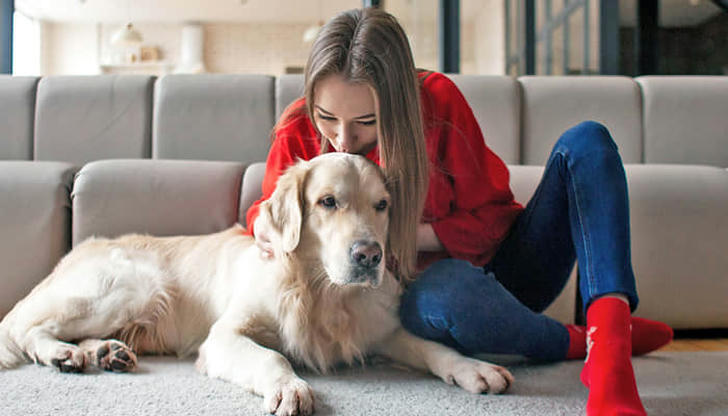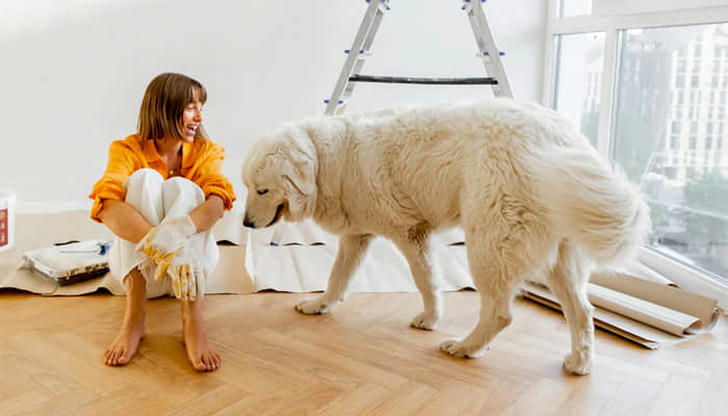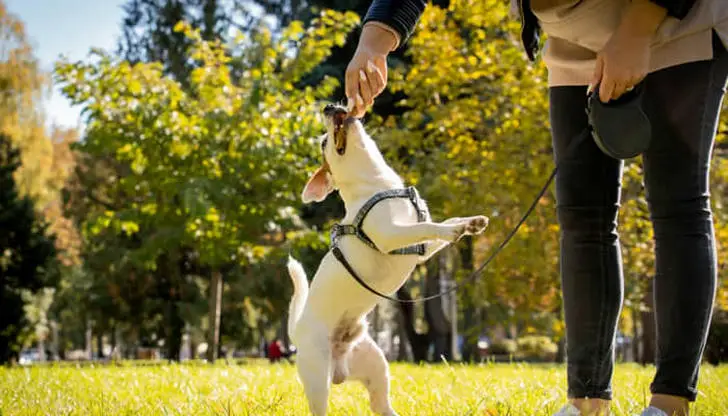How to Introduce a New Pet to Your Home: Step-by-Step Guide
Advertisement

Bringing a new pet into your home is exciting but also challenging. Whether you are adopting a puppy, kitten, or another pet, a smooth transition is essential. Pets need time to adjust to their new environment, and a careful introduction helps them feel safe and comfortable.
This guide will walk you through each step, from preparation to settling in, ensuring a stress-free experience for you and your new furry friend.
1. Prepare Your Home Before Arrival
Before bringing your pet home, ensure that your space is ready. Pets need a safe and welcoming environment to feel at ease.
Set Up a Safe Space
• Choose a quiet area where your pet can retreat when overwhelmed.
• Provide a cozy bed, food and water bowls, and a litter box (for cats).
• Keep dangerous items, such as electrical cords and toxic plants, out of reach.
Buy Essential Supplies
• Food suitable for your pet’s age and breed
• A collar, leash, and ID tag
• A crate or carrier for transportation
• Toys and treats for comfort and training
Establish House Rules
Decide where your pet will sleep, eat, and play. If there are areas they can’t access, set boundaries from day one.
2. The First Day: Bringing Your Pet Home

The first day in a new home is overwhelming for a pet. They might feel scared or anxious. Keep things calm and let them explore at their own pace.
Keep the Introduction Low-Key
• Bring your pet home in a carrier or leash for safety.
• Let them sniff and explore one room at a time.
• Avoid loud noises or too many visitors on the first day.
Introduce Family Members Gradually
• Let your pet meet each person one at a time.
• Use a gentle voice and slow movements to avoid frightening them.
• Allow the pet to come to you rather than forcing interaction.
Offer Food and Water
Place food and water in a quiet spot. Some pets may be too nervous to eat right away, so give them time.
3. Helping Your Pet Adjust

Adjusting to a new home can take days or even weeks. Be patient and consistent.
Stick to a Routine
• Feed your pet at the same time daily.
• Set a regular schedule for walks, playtime, and bedtime.
• Consistency helps them feel secure.
Introduce Other Pets Carefully
If you already have pets, a slow introduction is necessary.
• Keep initial meetings short and controlled.
• Supervise their interactions.
• Reward good behavior with treats and praise.
• Separate them if tension arises and try again later.
Monitor Behavior Changes
Some pets adjust quickly, while others take time. Watch for signs of stress, such as hiding, excessive barking, or loss of appetite.
4. Training and Socialization

Training is crucial for a well-behaved pet. Socialization helps them feel comfortable in different environments.
House Training
For puppies and kittens, house training should begin immediately.
• Take dogs outside frequently and reward them for pottying in the right place.
• Show cats where the litter box is and keep it clean.
Basic Commands
Teach simple commands like:
• "Sit"
• "Stay"
• "Come"
Use positive reinforcement, such as treats and praise, to encourage good behavior.
Socializing with People and Other Animals
Expose your pet to different sights, sounds, and experiences gradually. This helps build their confidence and prevents fear-based behaviors.
5. Dealing with Common Challenges

Bringing a pet home can come with challenges. Here’s how to handle some common issues:
Separation Anxiety
If your pet gets anxious when left alone:
• Start with short departures and gradually increase the time.
• Leave them with a comforting item, like a blanket or toy.
• Avoid making departures and arrivals too dramatic.
Excessive Barking or Meowing
• Determine the cause (hunger, boredom, or anxiety).
• Provide enough exercise and mental stimulation.
• Train them to be calm using commands and rewards.
Chewing or Scratching Furniture
• Give them appropriate chew toys or scratching posts.
• Use deterrent sprays on furniture.
• Redirect their attention to acceptable items.
6. Veterinary Care and Health Checks

A healthy pet is a happy pet. Regular vet visits are essential.
Schedule a Vet Check-Up
• Book a vet appointment within the first week.
• Get vaccinations and parasite control as needed.
• Ask about proper nutrition and pet care tips.
Keep Up with Grooming and Hygiene
• Brush your pet’s fur regularly.
• Trim nails to prevent overgrowth.
• Clean ears and teeth to avoid infections.
7. Building a Strong Bond

Forming a close bond with your pet takes time and patience.
Spend Quality Time Together
• Play interactive games like fetch or tug-of-war.
• Give them belly rubs or grooming sessions.
• Talk to them using a calm and happy voice.
Be Patient and Understanding
Pets may take weeks to fully adjust. Show love, kindness, and patience. Over time, they will feel safe and trust you.
Final Thoughts
Introducing a new pet to your home is a big responsibility, but with careful planning, patience, and love, your furry friend will soon feel at home.
By following these steps, you’ll help your pet settle in smoothly, creating a strong and happy bond that lasts a lifetime.
Would you like additional guidance on a specific pet type? Let me know!
